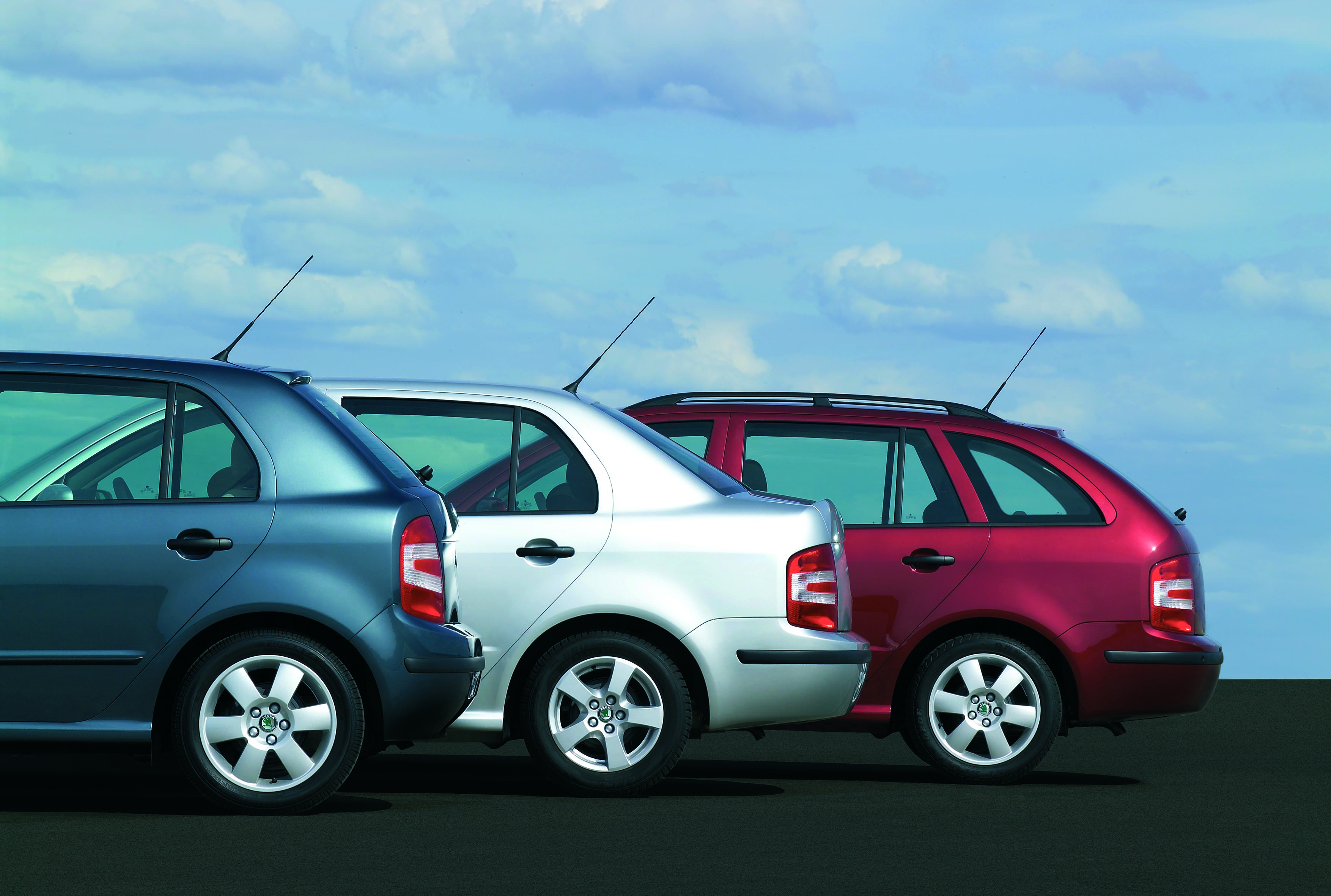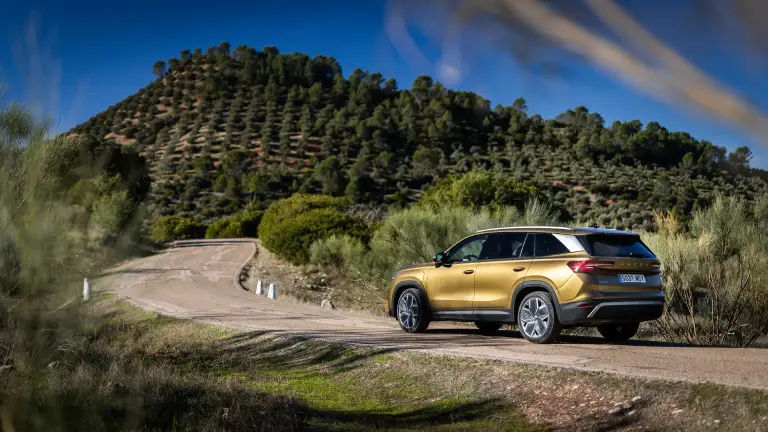Timeless
The design of the first-generation ŠKODA FABIA was a success and was warmly received by the public. “The car’s looks were different from what the public was expecting, and they liked it. And it still looks good. I still consider it a stylish car. If you ask me, the first FABIA still looks modern today. It has clean lines and sharp edges and a timeless appearance,” says Daniel Petr. He concedes, though, that there are some details that could have been done differently from today’s perspective. “Sometimes you want to change a detail, but that has a knock-on effect necessitating other changes in other parts of the car,” says Václav Capouch, outlining the pitfalls of later tinkering with a car’s design.
 The first-generation ŠKODA FABIA
The first-generation ŠKODA FABIA
But a car’s appearance ages partly because of the technologies used, and it is this factor that makes the first FABIA look so different from today’s cars. “Car design today is all about lights and wheels. Today’s headlight technologies are much more advanced and diverse,” says Václav Capouch. It’s the same story for the car’s interior. “The uncluttered design and clearly defined shapes of the instrument panel looked modern back then, while from today's perspective it seems almost naively simple,” he adds.
 Interior of the first-generation ŠKODA FABIA
Interior of the first-generation ŠKODA FABIA














 The first-generation ŠKODA FABIA
The first-generation ŠKODA FABIA


















